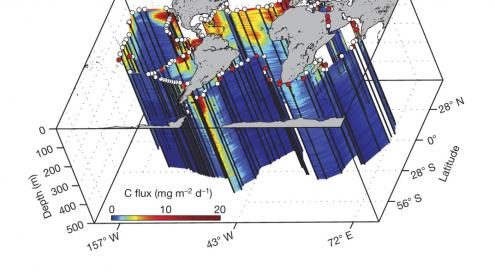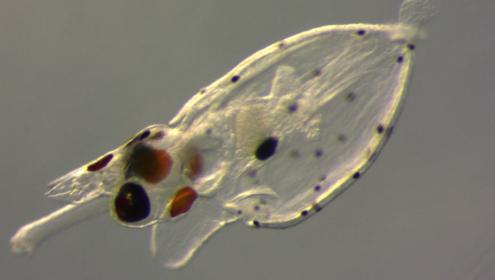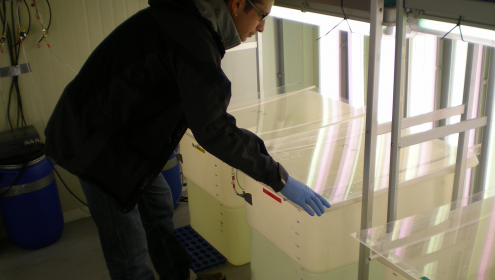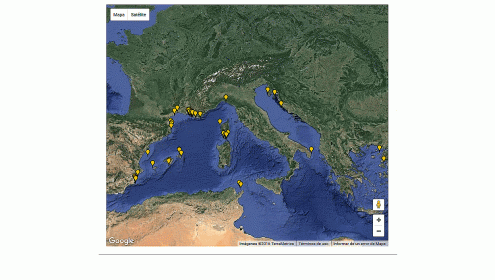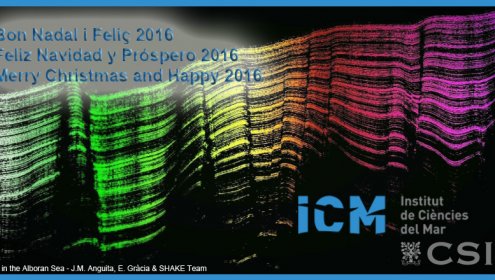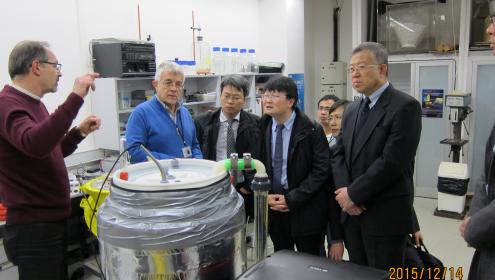LATEST TOPICS
Scientific news
The ocean is the largest carbon sink on the planet and plankton plays a fundamental role in the Earth climate system. This is the main result of a research done by an interdisciplinary team of scientists from different institutions that includes the Institute of Marine Sciences. The results have been recently published in the journal Nature and they clearly describe the community of planktonic organisms involved in the removal of carbon from the upper layers of the ocean.
Researchers from seven countries, including scientist from ICM and Instituto de investigaciones Marinas de Vigo (IIM), have collaborated in the elaboration of the "guidelines for care and welfare of cephalopods in research".
It is the first publication in which a wide representation of international science community, that has cephalopods between its research lines, offers a guideline to guarantee the comfort of this animals in laboratory.
Marine bacteria are heavily influenced by ongoing ocean acidification caused by human emissions of carbon dioxide. This discovery is made by researchers at the Institute of Marine Science (Eva Calvo, Josep Maria Gasol, Cèlia Marrasé and Carles Pelejero), together with researchers of the Linnaeus University in Sweden, the La Laguna University in Tenerife and the Institute of Environmental Assessment and Water Research (IDAEA-CSIC). The results are presented in an article in the recognized scientific journal Nature Climate Change.
The sea temperature rise is a key element closely related to the climate change. How does it happen? How does it affect marine organisms? In the Mediterranean Sea, scientists are monitoring seawater temperatures at different depths and investigating the impacts on marine ecosystems.
"The dedication to science is the best adventure of life"
Dr. Carles Bas, during the 2015 Christmas concert held at the ICMOn December 14th, a Chinese delegation led by Professor JIANG Xingwei, director-general of the National Satellite Ocean Application Service (NSOAS, State Oceanic Administration of China), and Professor DONG Xiaolong, assistant director-general of the National Space Science Center, Chinese Academy of Sciences (NSSC, Chinese Academy of Sciences) and director of the CAS Key Laboratory of Microwave Remote Sensing (MiRS), visited ICM.
